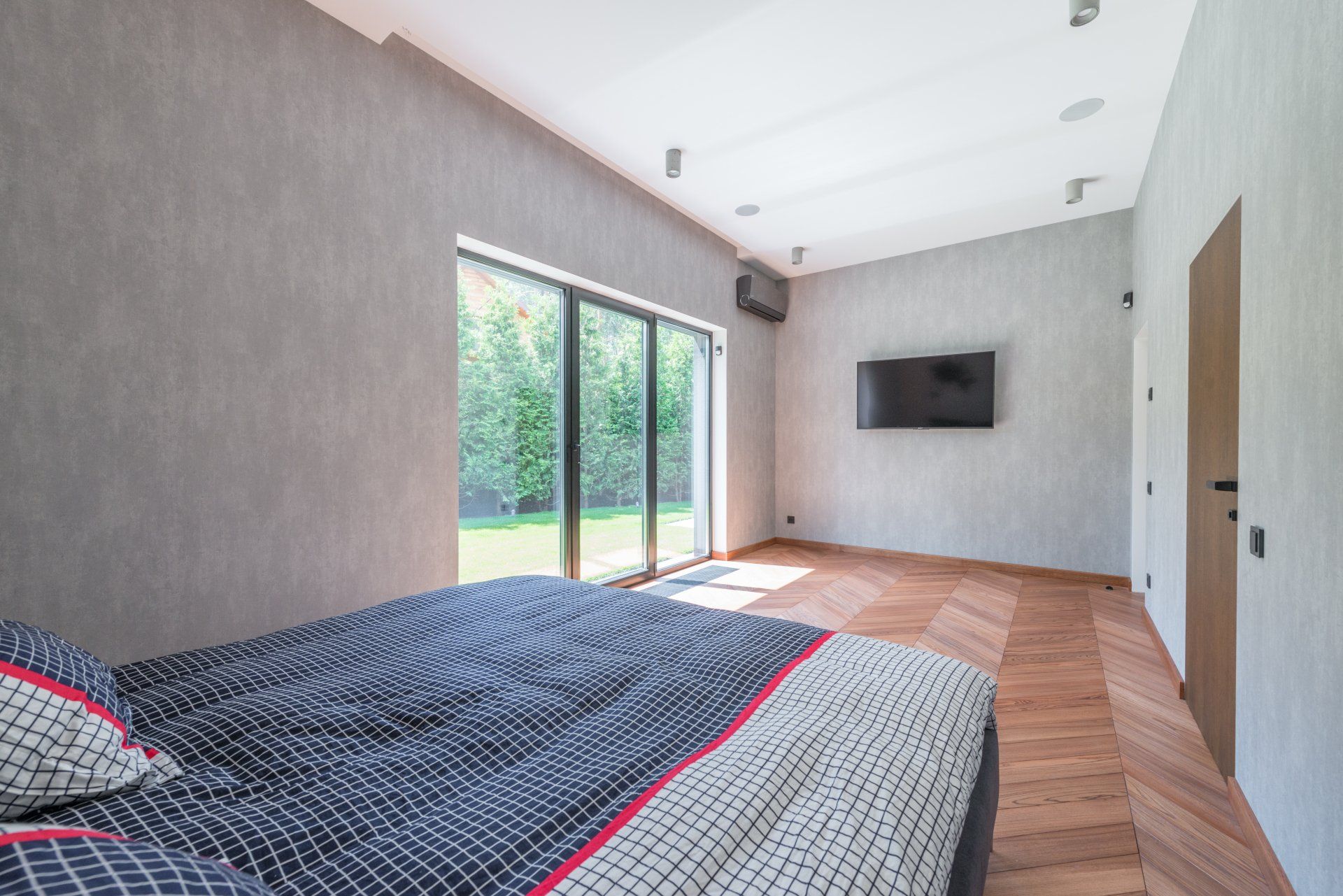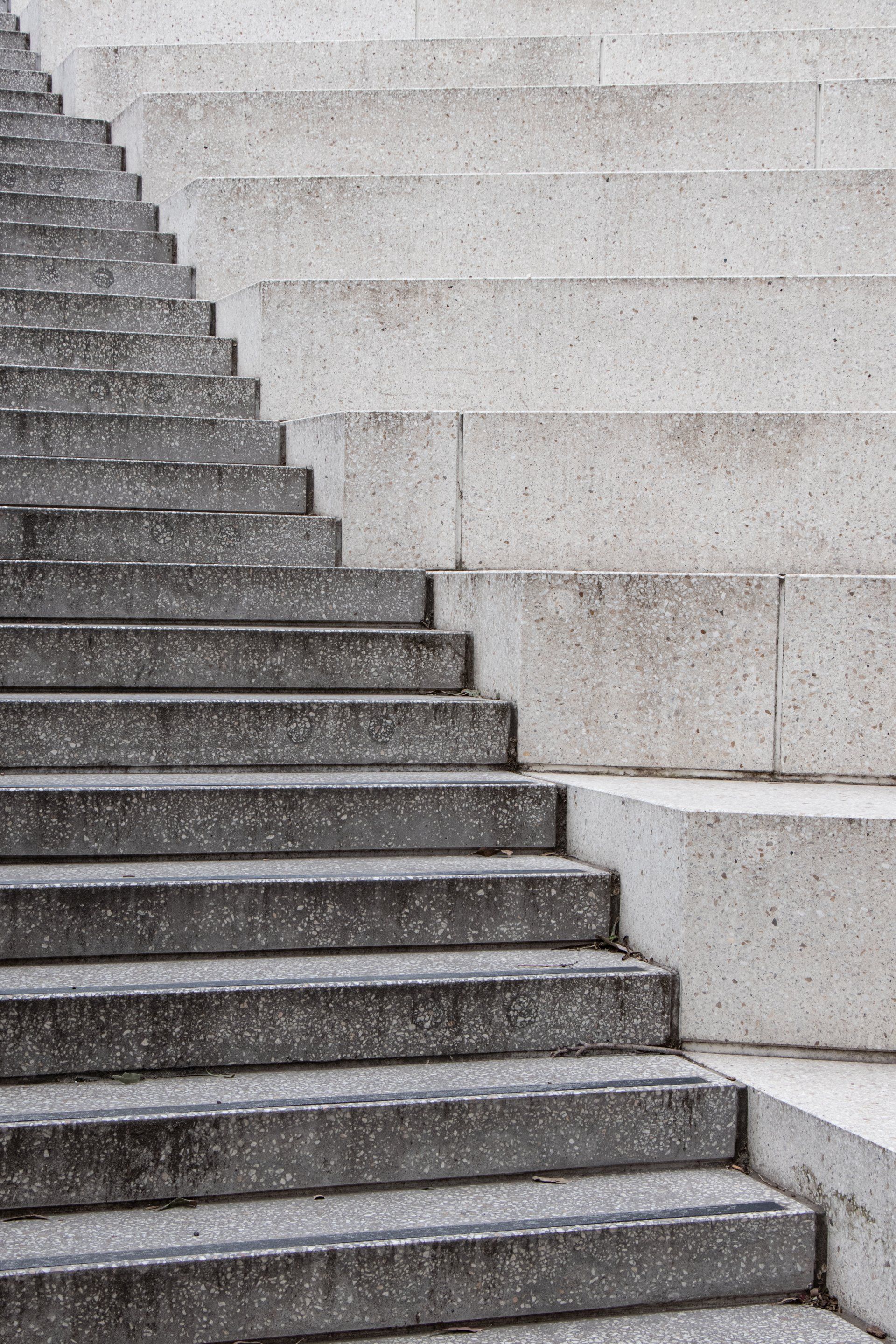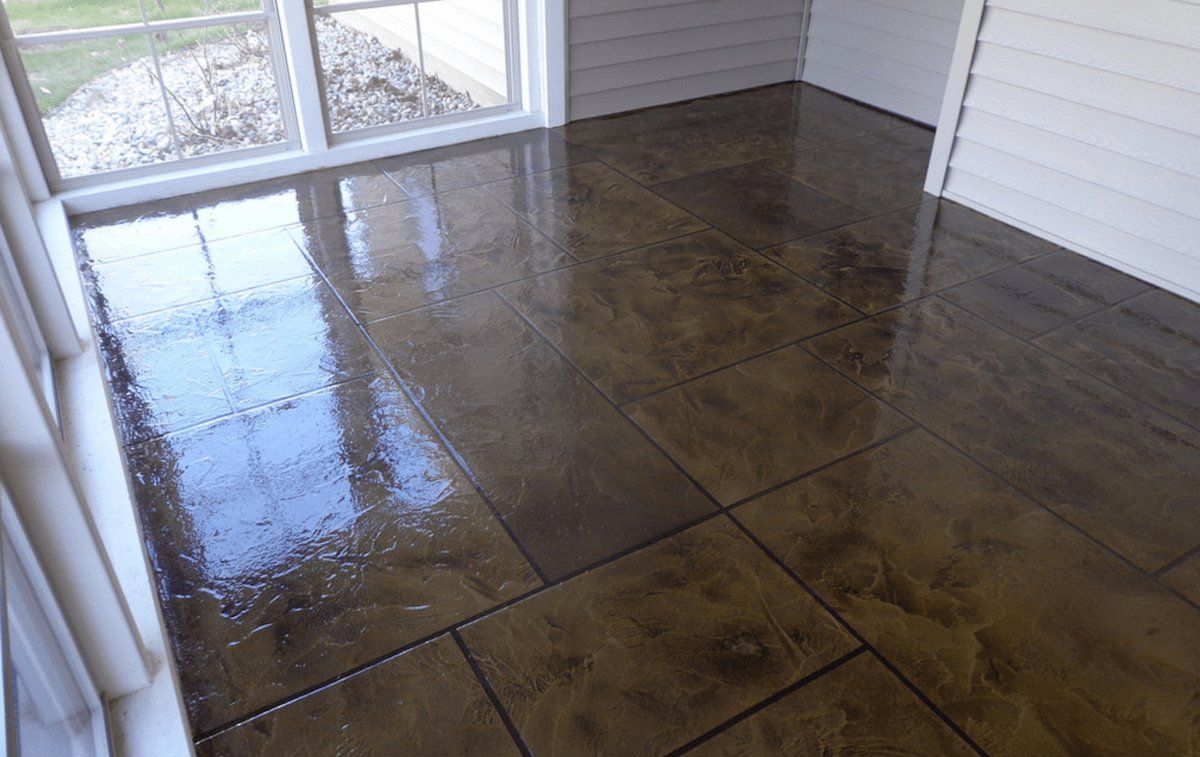Difference between Ready-Mix Concrete and Site-Mixed Concrete
How concrete is produced?

Concrete is perhaps the most broadly utilized development material, and it is produced using three essential segments: water, totals, and Portland concrete. The development business utilizes two fundamental sorts in San Francisco, CA, which are called prepared blend cement and site-blended cement. Choosing the right sort for an undertaking is vital: the two kinds have their own determinations, benefits, and disservices. While the two kinds are feasible in concrete development, one might be more useful than the other relying upon project conditions.
Ready-mix concrete is made in a plant and conveyed to the building site in an unhardened and plastic state, prepared for use. Ready-mix concrete is sold by volume, normally communicated in cubic meters.
Improve your structure plan and development strategies to decrease costs.
Site-blended cement is volumetric concrete that is ready at the building site, as its name infers. Concrete parts are blended in explicit proportions to get the ideal strength. This strategy requires utilizing equations to decide the measure of materials and steps to get the ideal consistency. Laborers should be cautious and fastidious with the material's extent to stay away from any quality issues in the concrete. Hire expert concrete contractors in San Francisco, CA.
Ready-mix concrete will in general be better for some activities, despite its greater expense. Ready-mix concrete offers a more excellent, and variety between clumps is negligible when cement is ready in a plant climate. Another key factor is the task's area: transportation necessities somewhat figure out which sort of cement is more appropriate for a venture.
Ready-mix concrete is ordinarily suggested for enormous undertakings that require a high volume. Get the best concrete foundation services in San Francisco, CA. Then again, site blending is a superior choice for little undertakings and remodels, where the concrete volume is more modest.
Visit us at San Francisco Concrete or give us a call at 650-409-9761.



